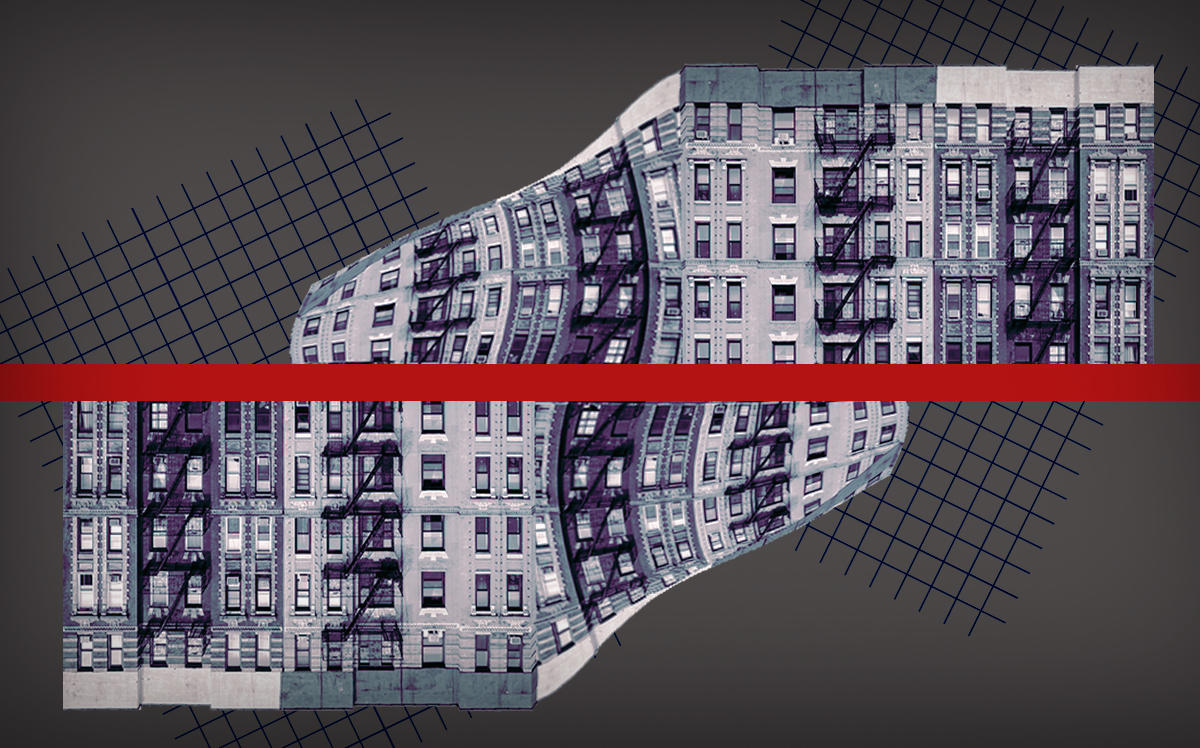 Landlord, tenant groups clash at RGB hearing over potential rent increases
Landlord, tenant groups clash at RGB hearing over potential rent increases
Trending
Vacancy decontrol of rent-stabilized units surged 70% despite new law
Big increase last year occurred in less than six months

Landlords managed to yank nearly 8,000 apartments out of rent regulation using high-rent vacancy decontrol last year before that method was banned in mid-June.
The deregulation of 7,878 units in five and a half months was a 70 percent increase from all of 2018, according to a new report by the city’s Rent Guidelines Board. About 61 percent of the apartments were in Manhattan.
Until the state’s Housing Stability and Tenant Protection Act ended the practice immediately, owners could deregulate a stabilized apartment upon vacancy if its legal monthly rent reached $2,774.76. Even with only half a year, and no certainty about what the legislature would do, owners in the city flipped 3,250 more units in this manner than in the previous year.
Overall, the board reported a net loss of 2,444 rent-stabilized units last year. That’s the largest decline since 2015, when it reported a net loss of 8,009. The city saw a net gain of more than 4,000 in 2017 and 2018. The city has nearly 1 million rent-stabilized apartments.
Leah Goodridge, a supervising attorney with the Housing Project at Mobilization for Justice and one of the board’s two tenant representatives, noted during a meeting Wednesday that these figures only represent units voluntarily reported by landlords.
“No one knows how many units were illegally deregulated,” she said.
Read more
 Landlord, tenant groups clash at RGB hearing over potential rent increases
Landlord, tenant groups clash at RGB hearing over potential rent increases
 Notorious RGB? Rent panel under microscope during pandemic
Notorious RGB? Rent panel under microscope during pandemic
Patti Stone, one of the board’s two landlord representatives and an attorney for Rosenberg & Estis, called Goodridge’s comment “outrageous,” though she said some small landlords might have failed to register their apartments or notify the state of deregulation if they misunderstood the law.
Since 1994, the board has reported a net loss of at least 145,312 stabilized units. The board notes in its report that this figure doesn’t include all deregulated apartments because landlords weren’t always required to report this information to the state.
The number of stabilized units varies from year to year, largely because tax breaks triggering rent regulation start and expire. Last year 8,819 units were added to the city’s stabilized stock, a 26 percent drop from the year prior. The board said 65 percent of the newly stabilized units in 2019 were properties in the program formerly known as 421a, now called Affordable New York, which abates property taxes for new buildings that devote a percentage of units to low- and middle-income tenants.
J-51, a tax abatement and exemption program, also contributed to the increase, but only added 196 units. For the past decade, participation in the J-51 program has dropped precipitously. City and state officials have suggested that the program will be reformed this year to make it more attractive to building owners.
Earlier this month, in a preliminary vote, the Rent Guidelines Board endorsed freezing rents on one-year leases and the first year of two-year leases signed on or after Oct. 1, 2020. During the second year of two-year agreements, rent would rise 1 percent under the proposal. A final vote is slated for June 17.
Write to Kathryn Brenzel at kathryn@therealdeal.com




